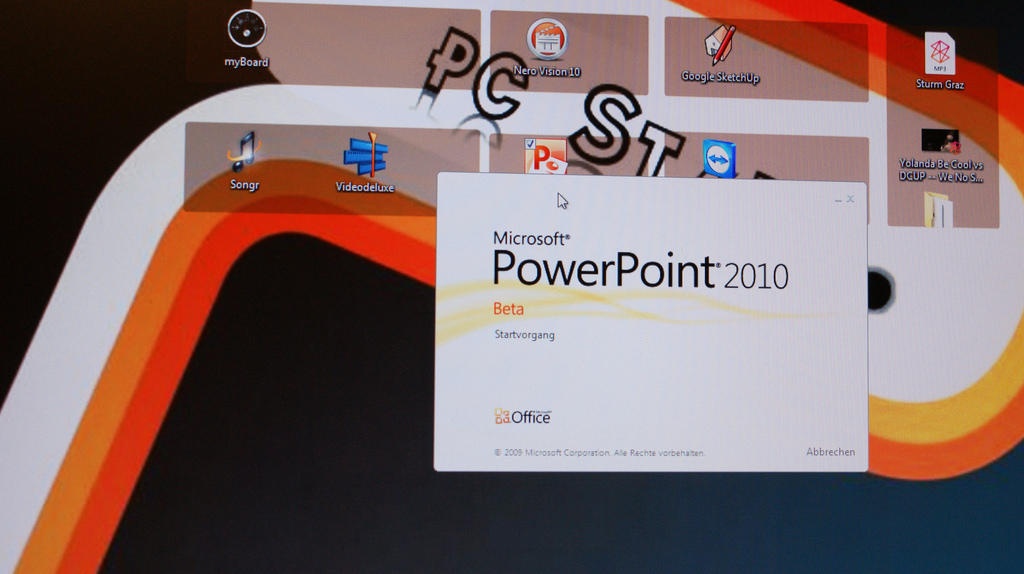PowerPoint is a practical presentation tool used by businesses and students in a variety of situations. It is often used as a collaboration tool for businesses, allowing work groups and teams to come together and share ideas and concepts in order to promote greater sharing and productivity. Anyone who has been in a business environment during the past 30 years has had some exposure to PowerPoint in one form or another.
PowerPoint has developed into a leading presentation tool for businesses since its inception in 1984. It was initially created as a software called “Presentation” by Dennis Austin, Bob Gaskins, and Tom Rudkin of Forethought, Inc. In the initial product proposal for Presentation, in August of 1984, the target market envisioned for the product included managers, professionals, knowledge workers, and sales persons. The program looked to make an impact on the then $35 billion business presentation industry that was dominated by slide projectors and overhead transparencies.
After Microsoft purchased Forethought, PowerPoint was officially launched in May of 1990. The latest version of the program is PowerPoint 2013, version 15 for Office 2013 for Windows users and PowerPoint 2011, version 14.0 for Mac OS users.

Statistics
Since PowerPoint’s launch in 1990, the product has garnered an estimated market share of 95%. First year PowerPoint sales were around $1 million; recent data suggests that annual sales for PowerPoint now exceed $100 million, although specific data is not provided by Microsoft directly. According to Microsoft, over 500 million people use PowerPoint worldwide and businesses create an estimated 30 million presentations per day, or nearly 11 billion per year.
How PowerPoint is Used
PowerPoint has become a part of popular culture and is synonymous with presentations. The software, which was created to enhance or supplement presentations, has often replaced them, much to the dismay of professional presenters and speakers. One aspect of the program, which we all are familiar with, is the overuse of bullet points to introduce or teach a topic. The term “Death by PowerPoint” was coined in 2001 to describe the impact the program has on cognitive development and the way in which it can be overused or misused in a business setting.
Employed properly, PowerPoint can engage multiple learning styles or modalities (hearing, touching, doing, etc.), increase the visual impact of a presentation, increase interaction between the presenter and their audience, and augment curiosity.
The Future of PowerPoint
PowerPoint’s closest competitors include Keynote by Apple, Google Presentation, Prezi, and SlideRocket. All of these products make up the remaining 5% of market share for business presentation software, though none of them can fashion themselves as the heir apparent to PowerPoint.
Bunkr, a web based presentation app designed to “kill PowerPoint” was launched in December 2011 but currently has only 7,000 users. The program automates many of PowerPoint’s functions, including collecting visual content. It may eventually become a serious challenger to PowerPoint’s dominance, but for the time being and foreseeable future, PowerPoint is king of the hill.
Ralph Woodson writes on tech in business, e-learning, general business, management techniques and other related topics. Ralph encourages those who’d like to learn more about e-learning to view the resources from FuelFX.
Image credit goes to pcstar2010.
























